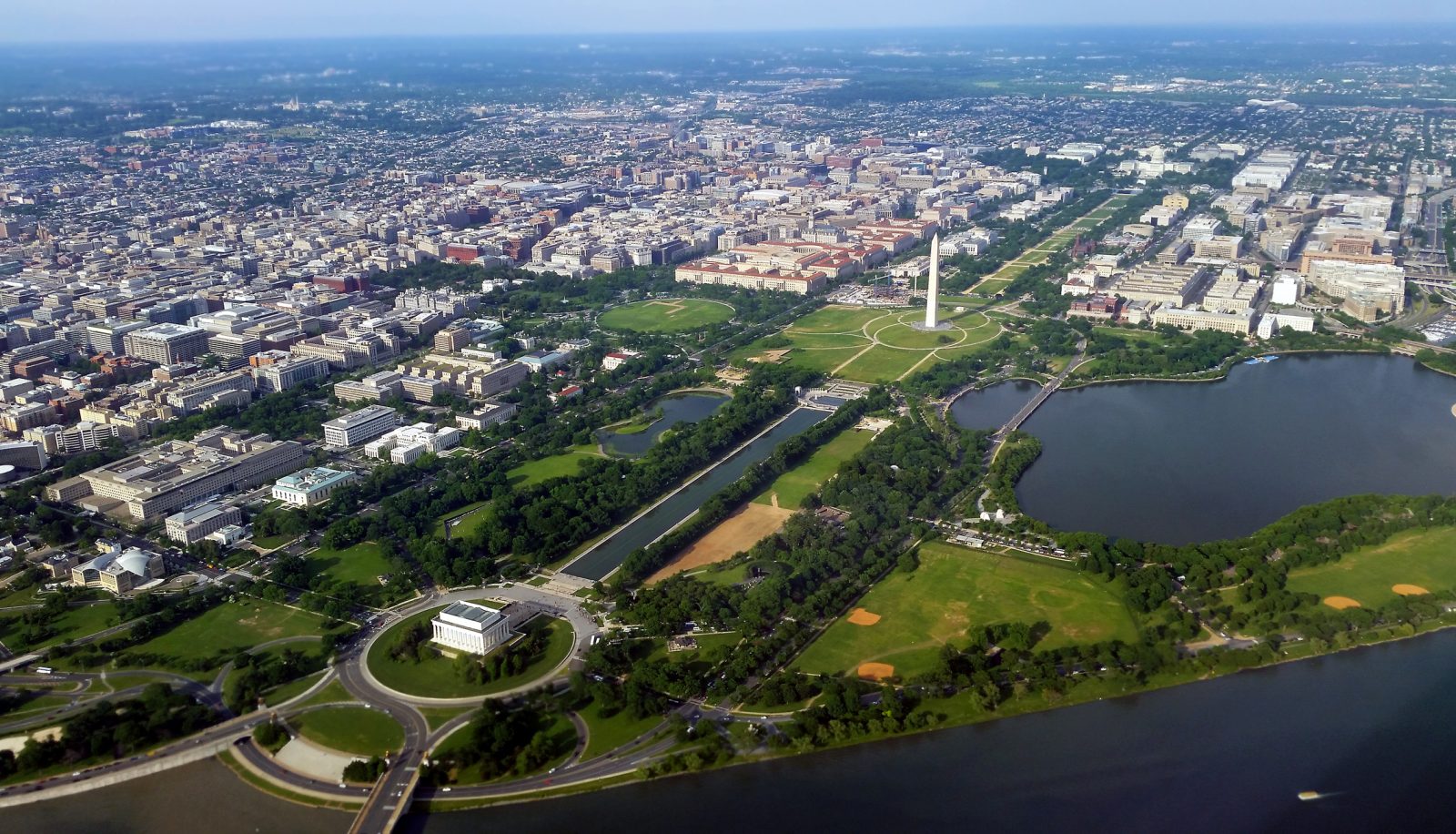To Hawthorn Friends & Family —
While we’ll spend weeks pouring over who voted (and didn’t vote) on Tuesday (as well as during the up to six weeks of early voting) and why (and why not), we’ve had several requests for a “simple, clear summary of what happened.”
It is below, with a first cut at some of the factors involved.
WHAT HAPPENED —
U. S. Senate – Assuming Florida (recount) and Mississippi (runoff) don’t change results (and we don’t expect them to), Republicans kept control and impressively gained a net of three seats.
Democrat LOSSES – Heitkamp in North Dakota, McCaskill in Missouri, Donnelly in Indiana, Nelson in Florida – were not unexpected, but some of the MARGINS (McCaskill, Donnelly) were worse than we expected.
Democrats picked up one seat: Nevada.
And 2020 does NOT look promising for Democrats to win back control, particularly with Trump on the Presidential ballot. Although Republicans have 21 incumbents up for re-election in two years, most are in VERY red states.
U.S. House – Again, with some recounts outstanding, the Democrats took control of the house, apparently picking up 38 seats and losing four, not a net gain of 34 (they needed 23; we predicted 25-30).
Pelosi seems likely to survive as Speaker, a job she first won 16 years ago . . . perhaps, with their overreaching investigations and threats of impeachment, suicidal for Democrats in 2020.
Governors – Democrats picked up a net of seven state governorships (we had predicted four-to-six), including Illinois, Michigan, and Wisconsin (and KANSAS, for Heaven’s sake, where the Democrats also ousted a Republican congressman with a Democrat LGBT Native American mixed martial artist woman).
But Democrats lost chances to re-take Ohio, Georgia and Florida (while keeping, no surprise, California, New York and Pennsylvania).
Attorneys General – Democrats appear to have picked up four states(including Michigan) and will now occupy 27 of 51 (counting DC) AGs’ offices.
Legislatures – It appears Democrats gained control of seven legislative chambers, including New York Senate, (tho’ may have lost Alaska), gaining more than 323 (so far) legislative seats (while losing another 100 to GOP).
Ballot Issues –
· Electric utilities won big in Nevada and Arizona, with defeat of retail choice in Nevada and renewables in Arizona, although a renewables measure passed in Nevada.
· Fracking restrictions failed in Colorado
· Felons got voting rights restored in Florida
· Rent control was defeated in California
· A gas tax was sustained in California but defeated in Missouri
· Water bonds were defeated in California
· Minimum wage passed in Missouri and Arkansas
· Liberalizing marijuana passed in Missouri, Michigan and Utah, but failed in North Dakota
· Medicaid got expanded in three western states, Idaho, Nebraska, and Utah
· Four states – Michigan, Missouri, Utah, and Colorado – made redistricting less partisan
· Marcy’s law passed in in six states: Florida, Georgia, Kentucky, Nevada, North Carolina, and Oklahoma
HOW IT HAPPENED –
- In the heaviest turn-out in a mid-year election since I was in high school 52 years ago, Americans sent a very mixed message: A more GOP Senate, a massive shift to DEM House, more DEM Governors, and more DEM AGs and Legislators . . . but still 600 short of when President Obama took office.
- Trump’s personal campaign priorities won Senate races in Missouri, Florida, and Indiana . . . but lost in Montana, Nevada and West Virginia.
- The road to Dems’ House victory – the “revolt of suburbia” – went through major suburbs in Washington, D.C., Chicago, Kansas City, Oklahoma City (in the “reddest” state in America), Dallas, Houston, Denver, etc., even Salt Lake City. It appears it wascollege-educated women who made a critical difference (albeit not enough in theAtlanta suburbs).
- As we take refuge, retreating further into our tribes, America is an increasingly deeply divided nation. Many red states seemed to get redder, blue states bluer.
- It was the most expensive mid-term election in history. I’ve read estimates of more than $5 billion. It was also one of the nastiest. The two seem somehow related.
John
